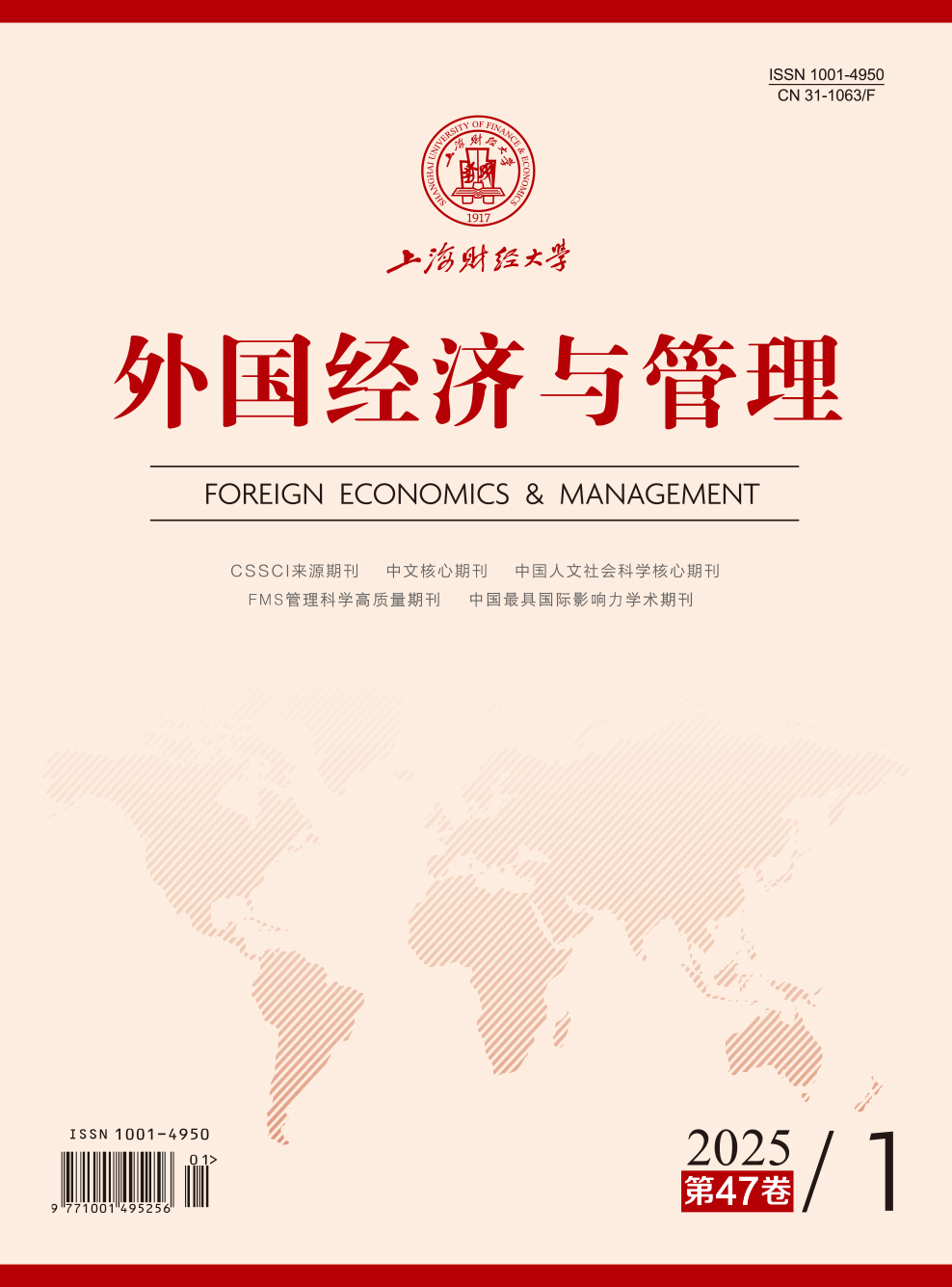中国是世界制造业第一强国,如何缓解中国员工面临的巨大工作压力,一直是中国企业界和学术界面对的重要议题。本文运用程序化扎根理论方法,通过对宁波兴瑞电子科技股份有限公司的单案例纵向研究,发现企业通过深入、持续地开展包括“言教”“身教”“境教”在内的儒家文化教育实践,能够从情感和认知上影响员工,进而改善员工对待工作和同事的态度和行为,并最终实现缓解员工的工作压力这一良好效果。本文的理论贡献在于:基于文化传统这一独特视角,提出了“文化相宜—工作压力缓解模型”,剖析了儒家文化缓解员工工作压力的内在机制,认为其表层原因在于儒家文化是员工生活的主要传统,而深层原因在于儒家文化倡导自强不息和内求自省的精神。
儒家文化缓解员工工作压力的作用机制研究
摘要
参考文献
2 陈春花, 宋一晓, 曹洲涛. 中国本土管理研究的回顾与展望[J]. 管理学报,2014, (3): 321-329. DOI:10.3969/j.issn.1672-884x.2014.03.002
4 程雪莲, 晁罡, 王磊, 等. 文化复兴背景下中国企业书院的使命研究[J]. 管理学报,2019, (7): 977-986. DOI:10.3969/j.issn.1672-884x.2019.07.004
5 杜维明. 儒家贡献给人类的共同价值——在第二十四届世界哲学大会启动仪式上的发言[J]. 船山学刊,2017, (5): 1-4. DOI:10.3969/j.issn.1004-7387.2017.05.002
6 冯友兰著, 涂又光译. 中国哲学简史[M]. 2版. 北京: 北京大学出版社, 1996: 60.
8 贾旭东, 衡量. 基于“扎根精神”的中国本土管理理论构建范式初探[J]. 管理学报,2016, (3): 336-346. DOI:10.3969/j.issn.1672-884x.2016.03.003
11 刘超, 汪凤炎. 儒家文化的目标导向对中国人人格形成的影响[J]. 心理研究,2014, (6): 19-24. DOI:10.3969/j.issn.2095-1159.2014.06.003
12 罗伯特•芮德菲尔德著, 王莹译. 农民社会与文化[M]. 北京: 中国社会科学出版社, 2013.
14 Strauss A, Corbin J著. 徐宗国译. 质性研究概论[M]. 台北: 巨流图书, 1997.
19 叶光辉, 杨国枢. 中国人的孝道: 心理学的分析[M]. 重庆: 重庆大学出版社, 2009: 105-106.
20 张承华. 从人力资源管理的视角浅析压力管理[J]. 人力资源管理,2015, (10): 67-68. DOI:10.3969/j.issn.1673-8209.2015.10.059
22 张佳良, 王琦琦, 刘军. 员工领地侵占行为的概念界定与前因探索——基于对某零售企业员工行为的扎根研究[J/OL]. 外国经济与管理, 1-16. http://kns.cnki.net/KCMS/detail/31.1063.f.20191030.2046.001.html, 2020-02-28.
23 Cooper C L, Marshall J. Understanding executive stress[M]. London: Macmillan Press, 1978.
24 Eisenhardt K M, Graebner M E. Theory building from cases: Opportunities and challenges[J]. Academy of Management Journal,2007, 50(1): 25-32. DOI:10.5465/amj.2007.24160888
25 Grover S L, Teo S T T, Pick D, et al. Mindfulness as a personal resource to reduce work stress in the job demands-resources model[J]. Stress and Health,2017, 33(4): 426-436. DOI:10.1002/smi.2726
26 Igic I, Keller A C, Elfering A, et al. Ten-year trajectories of stressors and resources at work: Cumulative and chronic effects on health and well-being[J]. Journal of Applied Psychology,2017, 102(9): 1317-1343. DOI:10.1037/apl0000225
27 Johansen M L, Cadmus E. Conflict management style, supportive work environments and the experience of work stress in emergency nurses[J]. Journal of Nursing Management,2016, 24(2): 211-218. DOI:10.1111/jonm.12302
28 Khoo R, McVicar A, Brandon D. Service user involvement in postgraduate mental health education. Does it benefit practice?[J]. Journal of Mental Health,2004, 13(5): 481-492. DOI:10.1080/09638230400006742
29 LaMontagne A D, D’Souza R M, Shann C B. Socio-demographic and work setting correlates of poor mental health in a population sample of working Victorians: Application in evidence-based intervention priority setting[J]. International Journal of Mental Health Promotion,2012, 14(2): 109-122. DOI:10.1080/14623730.2012.703048
30 Lazarus R S, Folkman S. The concept of coping[J]. Stress Appraisal & Coping,1996, 12(2): 385-395.
32 Munz D C, Kohler J M, Greenberg C I. Effectiveness of a comprehensive worksite stress management program: Combining organizational and individual interventions[J]. International Journal of Stress Management,2001, 8(1): 49-62. DOI:10.1023/A:1009553413537
35 Rathi N, Barath M. Work‐family conflict and job and family satisfaction: Moderating effect of social support among police personnel[J]. Equality, Diversity and Inclusion,2013, 32(4): 438-454. DOI:10.1108/EDI-10-2012-0092
36 Riketta M. Organizational identification: A meta-analysis[J]. Journal of Vocational Behavior,2005, 66(2): 358-384. DOI:10.1016/j.jvb.2004.05.005
37 Rodell J B, Judge T A. Can “good” stressors spark “bad” behaviors? The mediating role of emotions in links of challenge and hindrance stressors with citizenship and counterproductive behaviors[J]. Journal of Applied Psychology,2009, 94(6): 1438-1451. DOI:10.1037/a0016752
38 Webster J R, Beehr T A, Love K. Extending the challenge-hindrance model of occupational stress: The role of appraisal[J]. Journal of Vocational Behavior,2011, 79(2): 505-516. DOI:10.1016/j.jvb.2011.02.001
引用本文
常赛超, 陈春花, 晁罡, 等. 儒家文化缓解员工工作压力的作用机制研究[J]. 外国经济与管理, 2020, 42(5): 105-120.
导出参考文献,格式为:
上一篇:虚拟现实营销研究综述和展望
下一篇:信任文化影响供应商分布决策吗?






 4911
4911  6677
6677

